
|
|
|
|
|
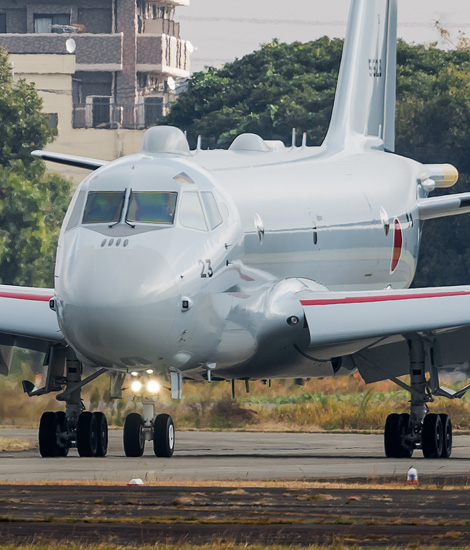
|
The Kawasaki P-1 on Patrol; Atsugi, November 11, 2019
Japan Maritime Self Defense Force, part 6; Text and Photograph's by Alex van Noye
In Japan, the Kawasaki P-1 is currently being structurally introduced by the Japan Maritime Self Defense Force for the aviation branches. Despite attempts by the Japanese manufacturer Kawasaki Heavy Industries, no foreign customers are yet attached to the P-1. The first two units in Japan already fly with the type.
After the prototype of the Kawasaki P-1 was delivered to the 51st Fleet Air Squadron at Atsugi Air Station in 2013, the type went into production for the Japan Maritime Self Defense Force (JMSDF). The total requirement of the Japanese navy is to purchase more than 70 aircraft for the patrol role, of which 24 have now been delivered. As part of its fiscal year FY2015 request, the JMSDF has successfully suggested an initial bulk purchase of a total of twenty P-1 aircraft. The total purchase price for this large series of aircraft amounted to 378.1 billion yen in total. Apart from the traditional annual defense contracts in Japan, where small series of aircraft are purchased, this cost-saving procurement method was already accepted by the government. In the case of purchasing the Kawasaki P-1, the legislation had to be adopted to extend the then-current limit of five years on long-term contracts. By offering economies of scale through centralized procurement, the Japanese Ministry of Defense expected to save around 40.3 billion yen on the P-1 purchase. That is a total cost saving of more than 2 billion yen per aircraft. The savings in financing that were achieved could, for example, finance the current P-3C life extension program. With this program, the life span of the Orion is extended until the P-1 has reached the point that the aircraft can fully take over all tasks from the Orion. After the financial resources had been made available for the introduction of the P-1 at the JMSDF, the developments and deliveries of the aircraft would go quickly.
On February 6, 2015, two P-1s were flown from the JMSDF to US Marine Corps Air Station Kaneohe Bay in Hawaii for a test launch and evaluation of the Boeing AGM-84 Harpoon anti-ship missile. The tests took place in a few days that the planes were there for the experimental tests. The planes departed from Hawaii again on February 11. On the way back the planes had another night stop at Andersen Air Force Base in Guam. These visits were the first overseas trips of the P-1 from the JMSDF.
|
|
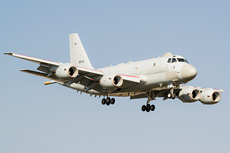
|
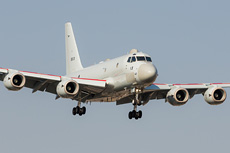
|
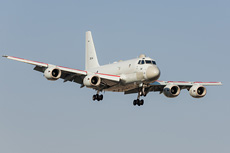
|
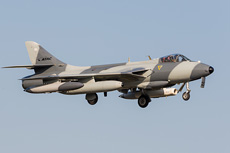
|
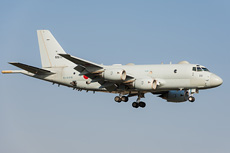
|
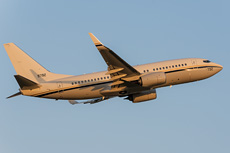
|
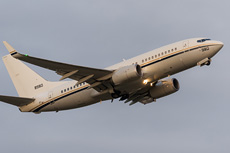
|
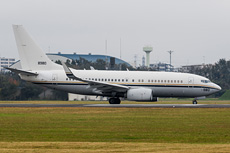
|
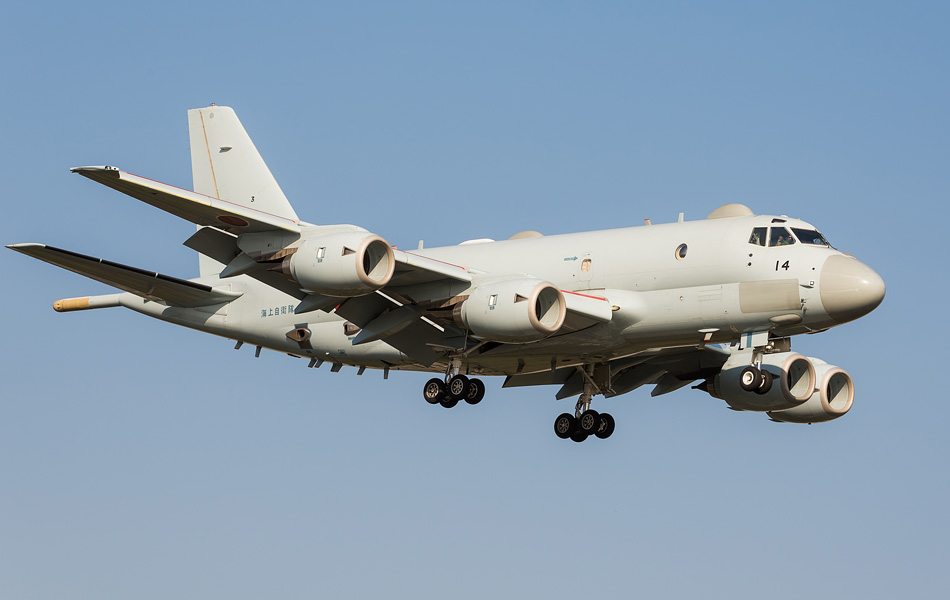
|
On May 8, 2015, the Japanese Ministry of Defense announced that it had asked Kawasaki Heavy Industries to launch a study into the carrying capabilities of long-range air-to-air missiles for the P-1. Such an aircraft could also result to the development of a P-1 variant for Early Warning & Control (AEW&C) tasks, which was also studied. Two P-1 aircraft of the 51st Fleet Air Squadron from Atsugi Air Station left for the UK on July 10, 2015. The aircraft were supported by a KC-767 from the Japan Air Self Defense Force. The debut of the JMSDF was one of the highlights of the Royal International Air Tattoo at RAF Fairford in England from July 17 until 19, 2015. The Japanese Kawasaki Heavy Industries was optimistic after this visit due to potential new sales of the type in Europe being studied. The type would be studied in France to replace the Breguet Atlantic and in Germany to replace the P-3C Orion. After the visit to Fairford, the JMSDF aircraft left for the Japanese detachment in Djibouti to conduct operational tests in warm desert conditions.
In addition to the interest from Germany and France, there was more interest in the P-1 in the past. Partly due to the visit to the United Kingdom, this country was also a potential customer for the Kawasaki P-1 for a while. In January 2015, it was reported that Tokyo was conducting a series of defense talks with the UK about a possible sale of P-1s to the Royal Air Force. The aircraft would then replace the previously retired Hawker Siddeley Nimrod patrol aircraft. The proposal was part of a broader initiative to reduce restrictions on Japanese military exports. It was claimed that Britain would consider producing the type jointly and that the country could retain rights over related radar and sensor technologies. However, on November 23, 2015, the United Kingdom announced it would buy the Boeing P-8 Poseidon instead of the Kawasaki P-1. In addition to the United Kingdom, there was also interest from New Zealand. This country asked for information about the Kawasaki P-1 and the Kawasaki C-2 to meet the country's needs for patrol and transport aircraft. This request was met in September 2016 with unclassified information and a more detailed proposal, including the possible purchase price with manufacturing and maintenance agreements. This proposal placed the P-1 in direct competition with the American P-8 Poseidon. On July 9, 2018, it was announced that New Zealand had chosen the P-8 as a new patrol aircraft. At the moment there is still interest from Vietnam and Thailand.
So far, Japan is the only country that has taken the Kawasaki P-1 into service. The first 24 aircraft have since been delivered to the JMSDF. There are currently two units that are already operational with the P-1 in Japan and one test unit that has carried out the operational tests and evaluations with the P-1. The first unit to receive the P-1 in Japan was the 51st Fleet Air Squadron at Atsugi Air Station near the capital Tokyo in 2013. This unit flies the prototypes of the P-1 and contributes to the further development of the P-1. This unit also flies with a number of test versions of the P-3C Orion. The first fully operational unit to fly the P-1 was the 3rd Fleet Air Squadron (Patron 3) at Atsugi Air Station. Atsugi thus became the first unit to switch completely to the P-1 in operational service throughout Japan. The unit that is part of the 4th Fleet Air Wing received its first P-1 in April 2015. On February 1, 2018, both flights from Patron 3 were operational on the P-1. The second unit that would then switch to the P-1 was the 1st Fleet Air Squadron (Patron 1) at Kanoya Air Station. Kanoya is located on the southernmost tip of the Japanese mainland. The first P-1 for Kanoya Air Station arrived in July 2019. Since then, more and more P-1s have been delivered and the first flight of the unit will also be fully operational on the P-1 at the end of 2019. As more and more P-1s appear on the scene at the JMSDF, more and more Orions will be phased out in the country at the same time until the P-1 has fully taken over the Patrol tasks.
|
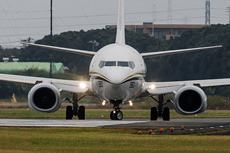
|
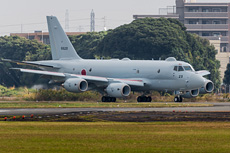
|
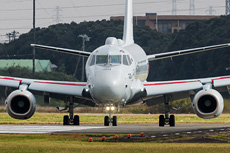
|
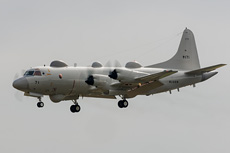
|
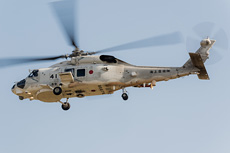
|
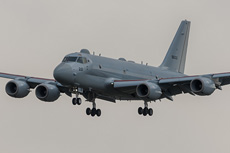
|
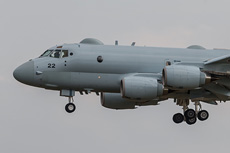
|
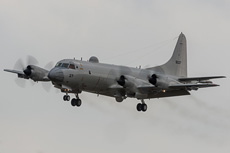
|
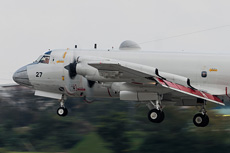
|
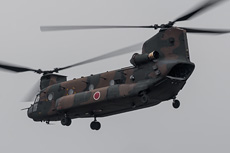
|
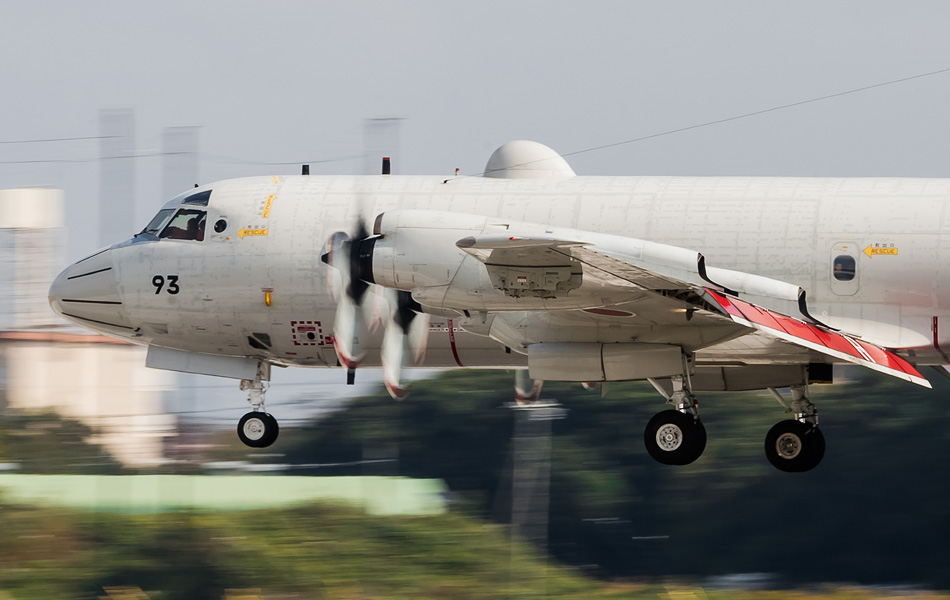
|
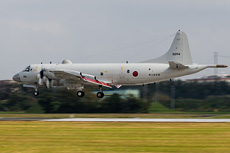
|
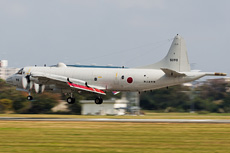
|
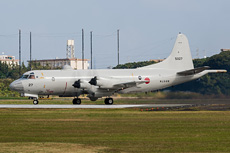
|
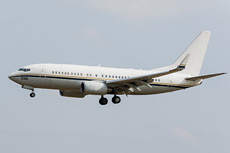
|
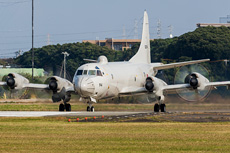
|
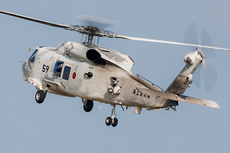
|
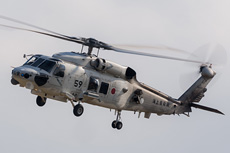
|
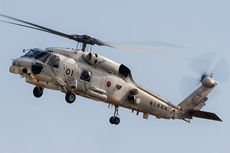
|
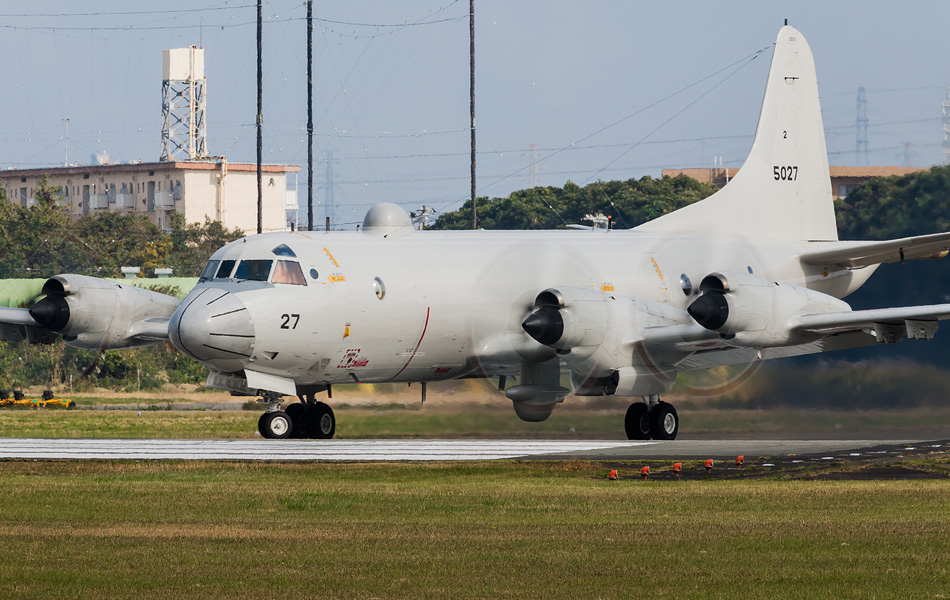
|
|
|

|







